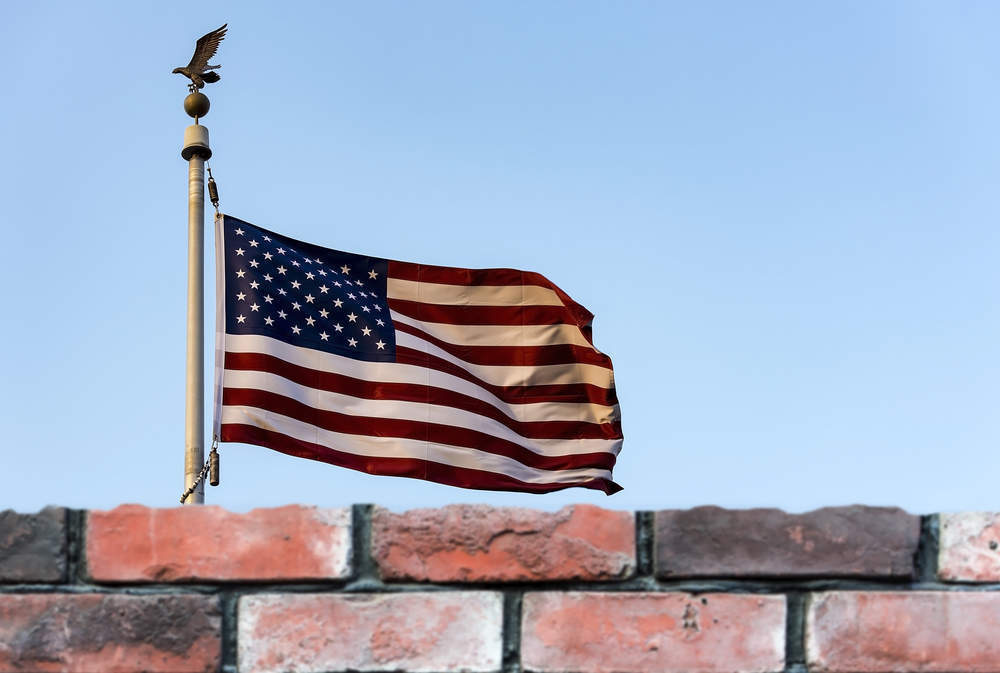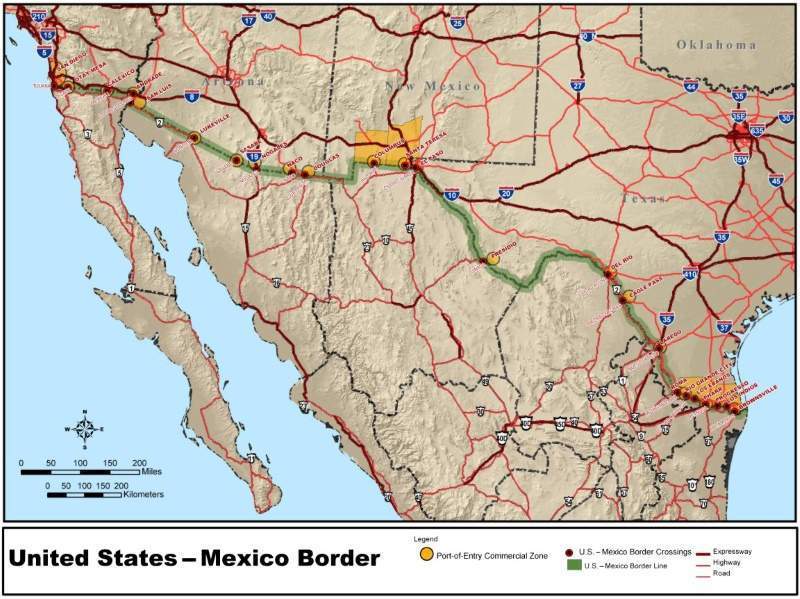
US president Donald Trump’s call for a “great, great wall” running across the US-Mexico border has proved as polarising with design and construction firms as it has in the country at large.
But with the Department of Homeland Security seeking to build prototypes for a wall concept in the summer, how exactly are architects and civil engineers responding to the border wall proposal?
Of all the simple solutions to complex problems offered by president Donald Trump during his controversial election campaign, there was one that struck a particularly eye-catching silhouette on the horizon: the wall.
“I will build a great, great wall on our southern border, and I will make Mexico pay for that wall. Mark my words,” Trump said while announcing his candidacy back in June 2015, a time that is now starting to feel, after the hacking and the Russia investigation and the angry presidential tweets, like a bygone era in US politics.
Well, Trump’s words were marked and remarked upon for the next 18 months, and as it turns out, Mexico will not be paying for the wall, potentially leaving US taxpayers on the hook for design and construction costs that range from $10bn at the lowest end of the Trump administration’s projections up to $40bn if the highest third-party estimates are to be believed.
How well do you really know your competitors?
Access the most comprehensive Company Profiles on the market, powered by GlobalData. Save hours of research. Gain competitive edge.

Thank you!
Your download email will arrive shortly
Not ready to buy yet? Download a free sample
We are confident about the unique quality of our Company Profiles. However, we want you to make the most beneficial decision for your business, so we offer a free sample that you can download by submitting the below form
By GlobalDataCost drivers include the huge volume of necessary building materials – concrete, most likely – and the legal and engineering hurdles presented by a 1,900-mile border that takes in a wide range of terrains, some of which are privately-owned or protected by treaty.
Engage or resist: design firms react
But how have designers and engineers reacted to the immense and much-scrutinised challenge set by the commander-in-chief?
Consistent with the rest of the country, Trump’s ideas have proven polarising in the design and construction sectors. Some, like the Third Mind Foundation’s Building the Border Wall competition, have sought to engage creatively (if not necessarily relevantly) with the project’s objectives.
Others, including advocacy group the Architecture Lobby, have prominently opposed and boycotted the project, imploring firms to refuse to work “in the service of xenophobia, discrimination and racism”, as the Architecture Lobby put it.
The Department of Homeland Security (DHS) launched its request-for-proposals (RFP) process earlier this year, with more than 350 design, construction and engineering companies registering their interest in bidding for the project.
Even so, relatively few that are listed have confirmed their participation while some, including Vinci, Raytheon and design firm Leo A Daly, have since removed themselves from consideration.
Some architectural proposals have been less than sincere
As a result, it’s difficult to get much of an insight into which companies are actually responding to the solicitation in earnest, especially as some architectural proposals have been less than sincere.
Mexican design firm Estudio 3.14, for example, gained notoriety at the beginning of the year when it released a satirical design proposal for the ‘Prison Wall’, a bright pink border barrier (a Luis Barragán-inspired touch to satisfy Trump’s call for the wall to be “beautiful”) that is also designed to house a massive prison for undocumented immigrants and a manufacturing plant where said prisoners would work to help maintain the wall.
The American side of the border, meanwhile, accommodates a multi-storey shopping centre.
Despite the controversy miring the new administration and the polarised reaction to Trump’s border proposal, the preliminary stages of the wall plan are proceeding apace.
The deadline for design proposals passed at the end of March, and US Customs and Border Protection has announced its intention to award contracts to build border wall prototypes in the summer.
If the federal government is willing to pay for an “impenetrable” wall across a thousand miles of the US-Mexico border – to be completed by the end of 2020, according to a DHS report cited by Reuters in February – it will no doubt find design and construction firms willing to attempt it.
But with a project this complex and politically charged, the winning bidders may find themselves the recipients of a poisoned chalice rather than a golden opportunity.
This piece originally appeared on designbuild-network.com. You can read the original here.








